Despite the change in Transport Secretary, it is clear that the government’s rail reform programme is rolling on.
The timetable for ending the first three franchises has been announced, and some details of the new arrangements are starting to emerge. As Paul Clifton’s article makes clear (see pages 56-59), big uncertainties remain and the timetable for progress may slip, but this might be a good time to look at the main issues which Great British Railways and those legislating for it will need to grasp. I think there are at least three main issues GBR faces.
Despite the change in Transport Secretary, it is clear that the government’s rail reform programme is rolling on.
The timetable for ending the first three franchises has been announced, and some details of the new arrangements are starting to emerge. As Paul Clifton’s article makes clear (see pages 56-59), big uncertainties remain and the timetable for progress may slip, but this might be a good time to look at the main issues which Great British Railways and those legislating for it will need to grasp. I think there are at least three main issues GBR faces.
Firstly, reform must mean real improvements for passengers. The starting point has to be getting the basics right - improving performance and running what one commentator has called a “boringly reliable railway”.
A focus on reducing cancellations and improving punctuality along whole routes and networks is essential, and that means more reliable infrastructure and having sufficient staff to run the services.
Here, GBR could have a role in seeking out good practice and spreading it across the network.
As a National Rail Awards judge, I’ve seen really good practice and performance, but also entries that replicate practice elsewhere, or sometimes promise improvements already exceeded by others. One example is rail replacement buses - some operators have made these work well, while others seem to struggle. A GBR focus on bringing everywhere up to the best would be welcome and noticed.
Beyond the basics, there are a number of opportunities for change.
Fares reform has been much discussed and the case for fundamental change is clear, but even incremental changes - reducing the number of fares on each route, for instance - would make a difference. Better information and marketing would help.
However, there are bigger options - new branding for InterCity and others, some headline cheap fare offers, national minimum standards for delay compensation - which might help sell the railway to non-users.
Beyond this, marketing for the railway as a whole would be transformational. While some operators have recognisable brands, there isn’t any serious marketing for the railway as a whole, either to the public in general or to markets such as businesses or tourism.
Some of this involves leaps of faith. New headline cheaper fares, new railcards with discounts, brand development, and new passenger guarantees could look expensive, but assessments of costs and benefits may ignore attractions of and new income from simplification. GBR will be well placed (if allowed) to take such leaps.
In terms of expansion and investment, the big projects will grab attention, but this risks overlooking smaller but important projects.
Part of the contrast between the rail network in the north of England and services in the southern counties around London is about frequency and comfort.
Routinely, trains around London are eight, ten or 12 coaches long, and often the services are frequent - sometimes three or four trains per hour. By contrast, lines in the North have shorter trains and less frequent services.
Platform extensions and upgrades to allow longer and more frequent services will be tangible signs of a railway making progress, and GBR needs to find ways to drive these forwards.
We’ve already seen this happen on the Hope Valley, in Cornwall, and on the Greater Anglia branch lines, and these are making a real difference to the communities served. Shorter-term improvements to stations are another tangible sign of progress that people will notice.
Another aspect of rail improvements for passengers will be accessibility. Here, again, different parts of the railway have different track records. Greater Anglia and Merseyrail have built accessibility into their new trains - others have not.
Again, at the National Rail Awards, we have seen entries that seem not to have learned from other parts of the railway on ways to make the railway welcoming and open to people with various disabilities. GBR can work with disability groups and those in the railway with knowledge of what works, to roll out best practice as the norm and build accessibility into new trains and infrastructure as standard.
Secondly, the role of devolution is going to be important. The government is committed to stronger devolution of powers and funding to mayors and local authorities, and some control over local rail services will be part of the offer.
Louise Haigh’s speech launching the Integrated Transport Strategy included a commitment to give mayors a statutory role in governing, planning and managing the GBR network, and there may be more to come on that.
This is critical because it’s about improving the relationship between the railways and the places they serve. Part of this is about integrating local rail services into the rest of the local transport networks, with integrated ticketing, local branding, easy interchange with other modes of transport, and area-wide information.
There will be more opportunities to create such networks, because the government is also legislating to give local authorities more control over local buses, through new kinds of partnerships but also through extending and simplifying powers for franchising.
This could be on the London model, where Transport for London sets out the service levels and fares, and retains revenue. And this is the way Greater Manchester has developed its Bee Network, moving from the previous deregulated system to franchising buses across the conurbation.
This process will be completed in January, at which point Transport for Greater Manchester will have become a £1 billion a year business. Already it has seen increased ridership and punctuality. It has begun integrating buses with its trams and is keen to do the same with local rail services in Manchester.
Other areas, especially outside cities, may choose different models. There will be other powers in the Buses Bill, for example, to allow councils to set up their own bus companies.
This will allow better links and integration between rail and bus, and GBR needs to be able to take advantage.
Devolution is also about aspects of the infrastructure - especially stations, which are hubs and gateways for local communities. The previous franchising structures had limited incentives for improving stations and the areas around them, or even managing them better, and it has often been down to councils and mayors to put funding and delivery partners together to make improvements happen.
The signs are that GBR is taking devolution seriously. Partnerships are already in being between GBR and Greater Manchester and the West Midlands, but there are plenty of issues to be navigated - especially trade-offs between national and local interests and services.
Will duties and rights for mayors and councils appear in the legislation, with obligations on GBR, or will all this be left to ‘guidance’?
If the latter, there will be plenty of scope for re-interpretation and argument
Thirdly, there is the relationship between the railways and government. Will those running the railways be allowed to make decisions themselves, or will Ministers and HM Treasury dictate how the railways are run?
At the strategic level, government must have a say. Apart from anything else, more rail use by passengers and for freight will be important for achieving missions such as cutting carbon emissions.
There are also opportunities for the rail industry to help deliver the 1.5 million houses the government aims to build. If these are built around cars and roads (as various recent reports from planners and others have highlighted is happening), the result will be local congestion, added carbon emissions, and social exclusion for those without cars.
Higher-density development around public transport, as proposed by the design group Create Streets and others in a report on an extension to Chippenham, will bring new life to local rail lines and place them and the stations on them at the centre of new communities.
There are funding opportunities here, too. As covered in previous RailReviews, the group E-rail has successfully applied ‘land value capture’ (getting a proportion of the increased land value when a new transport link is built) to the Northumberland line, reopening to passengers this month.
Some of the stations have been part-funded by land value capture agreements with surrounding landowners - a process that could be applied elsewhere to promote and fund new development around new or upgraded stations.
GBR has an important role here. Active Travel England, the new agency promoting walking and cycling, has a statutory role in the planning system, able to comment on local plans and major planning applications to improve active travel links in them.
If GBR is given a similar role, it will have an ability to help shape development so that railways are properly considered when homes are being planned.
At an operational level, however, GBR will be hobbled if Ministers interfere in day-to-day issues. The crunch will come on funding: can GBR and the railways as a whole be given longer-term funding certainty, and earn the trust of politicians and civil servants that they will make good use of this?
Some strands of government thinking certainly offer encouragement - railways can demonstrate they can support the economic growth that the government is keen to see.
However, GBR will need to take a broad and long-term view of the costs and benefits of the railways and of rail investment projects.
Being able to develop its own business case methodology, without being constrained to slavishly follow the detail of Department for Transport appraisal guidance, could unblock some investments (for example, new stations where the costs of possible time penalties for existing rail users are deemed to outweigh the benefits of attracting new users and new development).
Certainty for third-party investors will bring new money into the railway, and GBR and the rail industry must be free to provide such certainty. A long-term rail enhancements programme (as repeatedly called for by the Railway Industry Association) should reduce unit costs and speed up projects.
But the trust from government that will be needed to allow GBR and rail managers the freedom they need will depend on my first point - running a reliable railway and making real and tangible improvements in ways that people, MPs and others will notice.
And this will in turn depend on the way GBR operates, as an outward facing and co-operative body which communicates well and works with people.
The success of the railway always depends on its staff, and GBR needs to promote a culture of working with and listening to staff.
The same goes for others around the railway. There is a fund of goodwill towards railways, but the industry needs to show it is earning it.
Building on the successful Community Rail Partnerships, making links with different stakeholders (making accessibility central, for example), and generally listening to and being available to talk to the wider world will be critical.
Getting the basics right, working with local leaders, and getting the government to trust it will be difficult tasks. Some of this will be long term, but some of it can start now. The tone and the way in which GBR operates, and its ability to make a difference on some simple things that passengers and others will notice, will set the organisation and rail reform generally off on the right path.
Stephen Joseph is a transport consultant and former chief executive of Campaign for Better Transport.
Login to continue reading
Or register with RAIL to keep up-to-date with the latest news, insight and opinion.

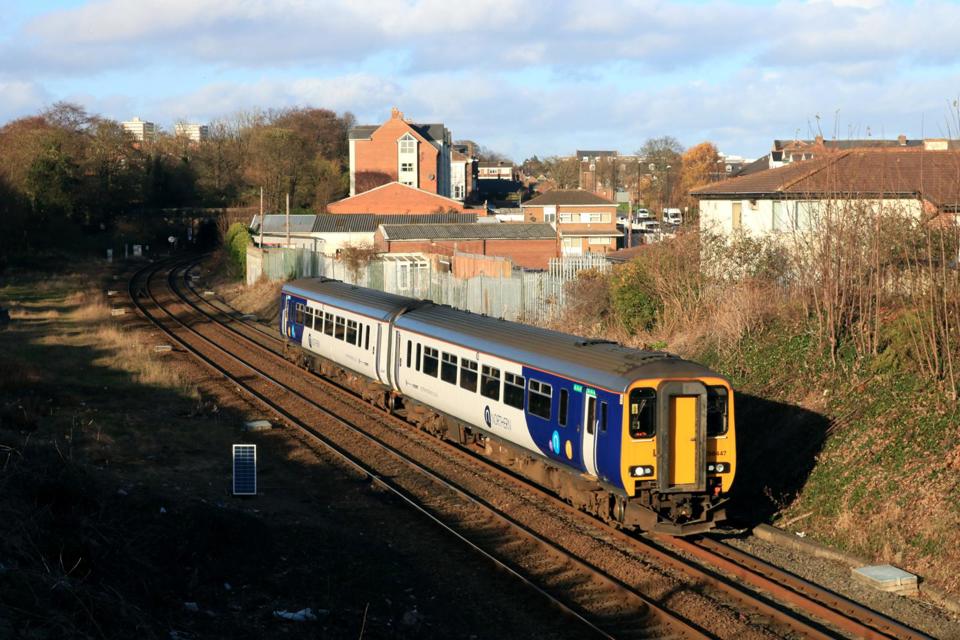

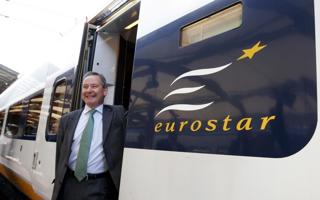
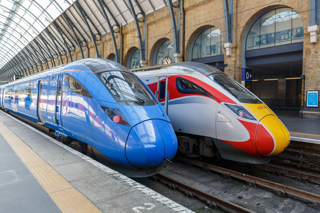
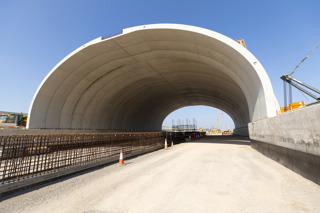

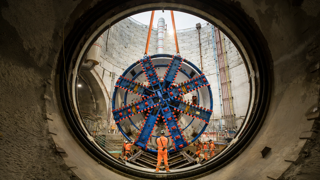











Login to comment
Comments
No comments have been made yet.